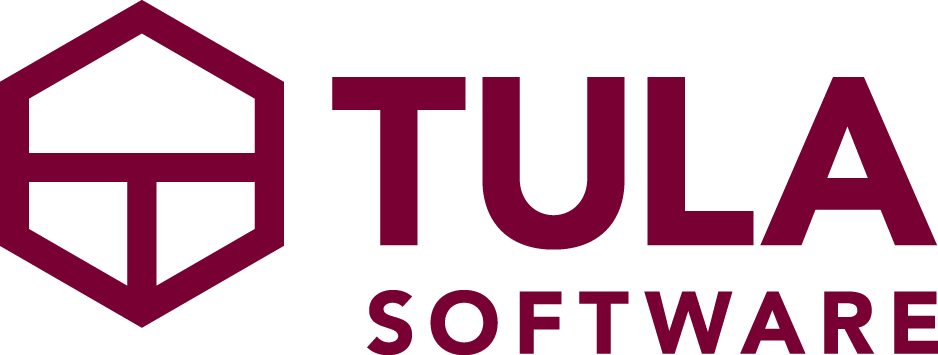When we first started releasing a number of features designed to help studios continue operating during the Coronavirus pandemic, we did so with the belief that the disruption would last anywhere from 6 to 18 months, and further, with a belief that when it was all “over”, some things would be changed forever.
As we enter what seem to be darkest days of the pandemic, we are planning not only for the immediate future, but also for the dawn that will follow this winter, when studios hopefully re-open fully, and once again welcome their communities into their spaces.
And while we cannot predict the future, what we can do is share how we’re viewing things, what we’re doing with our product (and what we’ve already done), and what we’re planning for at our own studio in Chicago. Our hope is that by sharing more about how we’re looking at things and what we’re doing, our customers can position themselves as well as possible to continue to survive during the pandemic, as well as thrive once we come out of it.
With the already existing seasonality of the yoga business - with fall and winter marking the busiest times, and spring and summer the slower times - our expectation is that most studios will be looking at another 10-12 months before beginning to see a full recovery at which point we think studios might see their best seasons ever at the end of 2021 and early 2022.
The next four seasons
When I’m trying to think about what lies ahead and peer around the corner, I find it helpful to think in terms of the natural seasons, and then view those alongside a business quarter. Underscoring we know we can’t predict the future, we are currently operating our company with the belief that the industry as a whole, will follow a timeline something like the below:
Nov 2020 - March 2021: Slower than usual Winter Season, with continued and sustained consumer appetite for virtual classes.
April 2021 - June 2021: Slower than usual Spring, and likely slower than the covid spring. Continued interest in virtual classes, but with less demand than the winter season. We suspect this time period will be particularly challenging for a lot of studios.
July 2021 - September 2021: Normal Summer Volume. Still the slow season, but perhaps a normal slow season.
October 2021 - March 2022: Best Seasons Ever! Should vaccines be distributed effectively and trusted by the population at large, it seems that we might be back to normal economic activity levels next fall.
Of course, we assume different parts of the country will follow different schedules. Here in Chicago we’re on “Stay at Home Advisory” again, Philadelphia has suspended indoor dining, while some other cities remain largely “open”.
Long Term Opportunity
Ultimately, after an undeniably challenging time, the Coronavirus pandemic will have helped studios, in the long term, survive and thrive. It might be hard to believe, but looking back to today, ten to fifteen years from now, that may well be the case. The forced learning and rapid adoption of video streaming tools, among both business owners and consumers, will yield long term positive results for studio owners.
When you take a step back and think about what was happening pre-pandemic, there were a host of internet businesses coming to the realization that they wanted and needed access to physical locations.
Groupon, Living Social and Mindbody all came out with discounts and deals in their marketplaces, trying to sell you on the idea that your studio had “unused inventory”. ClassPass operated at gross negative margins for years, trying to gain a foothold with your customers through discounted pricing, while having access to your location for free. Google came out with their booking capabilities, in their efforts to allow people to interact with your business through their website instead of yours.
In each case, the high-level pattern was an internet business, usually a marketplace, trying to position themselves so they had access to your physical location for their benefit, while simultaneously working to wedge themselves between you and your customers.
Today, it seems every internet company on earth is trying to take advantage of the home fitness trend. Lululemon acquired Mirror. Facebook launched virtual events. Apple launched Apple Fitness +. And of course Peloton has shown everyone how big this market can be.
And along side all of this, as a response to the pandemic, the yoga studio industry at large has flipped the internet trend that was happening on it’s head.
Instead of a handful of internet businesses slowly working their way into and eroding studio businesses eventually succumbing to the gravitational force of the marketplace trend, tens of thousands of individual business locations, across the country and in unison, moved their brick and mortar businesses online.
Collectively, they have proven we don’t live in the winner take all world some try to trick us into believing in.
The Holy Grail: Hybrid
We have written in the past about how the tech industry has spent literal hundreds of billions of dollars trying to gain a foothold into the brick and mortar world, and that it was they who needed you, not the other way around. Now, we are seeing this proven reality.
The greatest power of the internet, still today, is the way in which it enables individuals and small businesses the opportunity to succeed and thrive by connecting directly with their customers.
Independent studio businesses when this is all over (/the metamorphosis is complete) will be operating in-person classes, live-stream classes, on demand audio classes, and on demand video classes.
And all of it available to your customers, via the community you’ve built, in a space you manage, on a domain you own, powered by a software company that promised to walk with you every step of the way, no matter where the road took us.
The path forward will not be easy, but it will be worthwhile.




